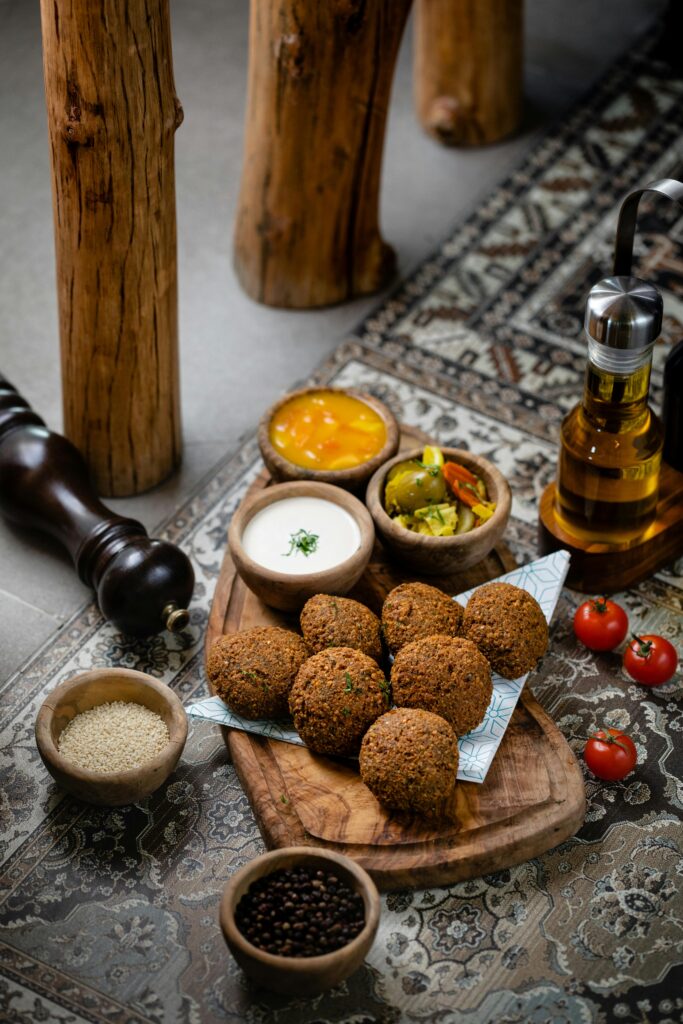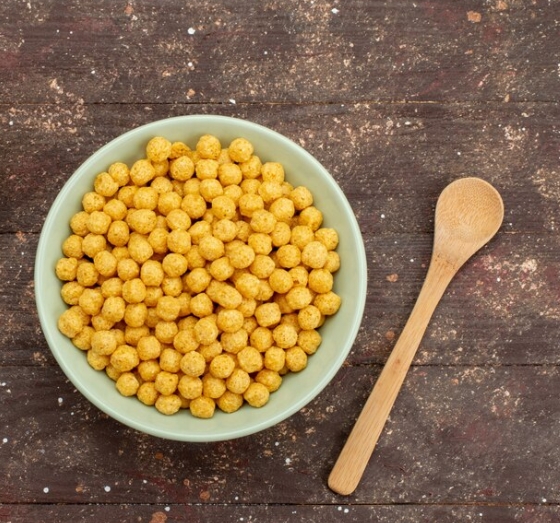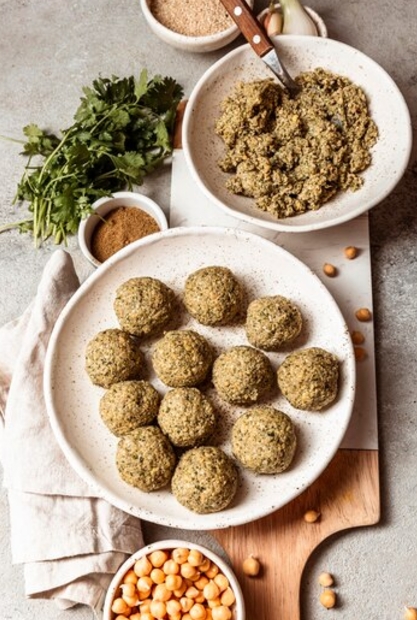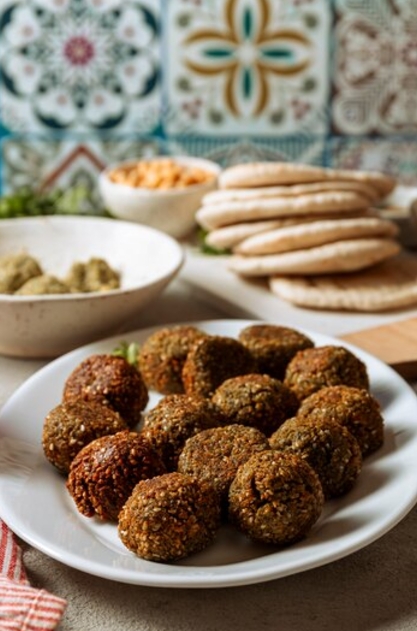Note
- Always use dried chickpeas for the best texture; canned chickpeas may make the falafel too soft.
- To bake falafel, preheat the oven to 375°F (190°C) and bake for 25-30 minutes, flipping halfway through.
- Leftover uncooked falafel can be frozen for up to 3 months.
Journey of the Falafel
The golden gem of Middle Eastern cooking, falafel has a history as complex and nuanced as the dish itself. Crafted from chickpeas or fava beans, this modest yet tasty product has transcended its roots to become a worldwide culinary phenomenon, adored for its versatility and simplicity.
Ancient Origins
The history of falafel starts in ancient Egypt, when it was thought to have been eaten as ta'amiya, a dish prepared from fava beans. Because it offered a filling, high-protein meal that complied with nutritional guidelines, this version was a dietary mainstay, particularly during times of religious fasting. Derived from the Arabic word falāfil, which means "peppercorn," the dish's name probably alludes to its tiny, spherical form.
Falafel traveled throughout the Mediterranean and Levant for ages, adjusting to the local ingredients and preferences. It became a national dish and a representation of cultural identity in Israel. Fresh herbs like cilantro and parsley are frequently added to Lebanese falafel, giving it a bright green inside. The essence of falafel—a well-balanced combination of chickpeas, herbs, and spices molded into mouthwatering bites—remains constant despite regional differences.
The Rise of Street Food
Falafel's popularity as a street dish might be ascribed to its affordability, portability, and allure. Vendors started offering falafel in pita bread with a variety of toppings, including tahini sauce, pickles, and fresh veggies. Because of this, it was the perfect supper for people who were always on the run, especially in busy marketplaces where the smell of falafel being fried would tempt people.
The dish quickly rose to prominence as a culinary symbol of hospitality in the Middle East. Falafel embodies the generosity and sharing of the area, whether it is served at a family meal or at a street-side kiosk.
Key Ingredient Significance
A key component of falafel's appeal is the chickpea, which serves as its foundation. Chickpeas offer a nutty, earthy flavor and nourishment due to their high protein, fiber, and vitamin content. In addition to improving the flavor, adding fresh herbs like cilantro and parsley gives each bite a splash of color and freshness. Cumin and coriander are two spices that provide the falafel depth and warmth while also producing a flavor profile that is flawlessly balanced.
Modern Appeal
Falafel has made an appearance on menus outside of the Middle East in the modern world. It is a favorite among omnivores, vegetarians, and vegans due to its flexibility. While fusion cuisine has included falafel in salads, grain bowls, and even burgers, health-conscious customers have embraced baked and air-fried varieties.
Mediterranean restaurants and falafel food trucks have popularized the dish in Western nations, adding creative tweaks while maintaining its traditional flavor. Falafel is still inclusive and available to everyone thanks to gluten-free versions made with chickpea flour that accommodate people with dietary limitations.
Fun Facts and Cultural Connection
- Falafel holds the Guinness World Record for the largest serving of falafel, weighing over 5,000 pounds, achieved in Amman, Jordan.
- In Egypt, falafel is often eaten for breakfast, paired with flatbread and foul medames, a fava bean dish.
- Despite its modern-day association with chickpeas, some regions still prefer the traditional fava bean version, each claiming their recipe as the "original."
A Culinary Bridge
Falafel serves as a cultural bridge and is more than simply cuisine. Its simplicity captures the spirit of Middle Eastern cooking: turning ordinary ingredients into something remarkable. It is a tale of tenacity, ingenuity, and the ability of food to unite people.
Every mouthful of falafel, whether you're eating it from a street vendor in Beirut, making it at home, or indulging in a gourmet version at a hip café, binds you to the dish's rich past and the communities that have loved it for many generations.
We appreciate you coming along on this delicious tour through the origins, meaning, and contemporary appeal of falafel. I hope this recipe encourages you to make your own delectable take on this classic dish!






